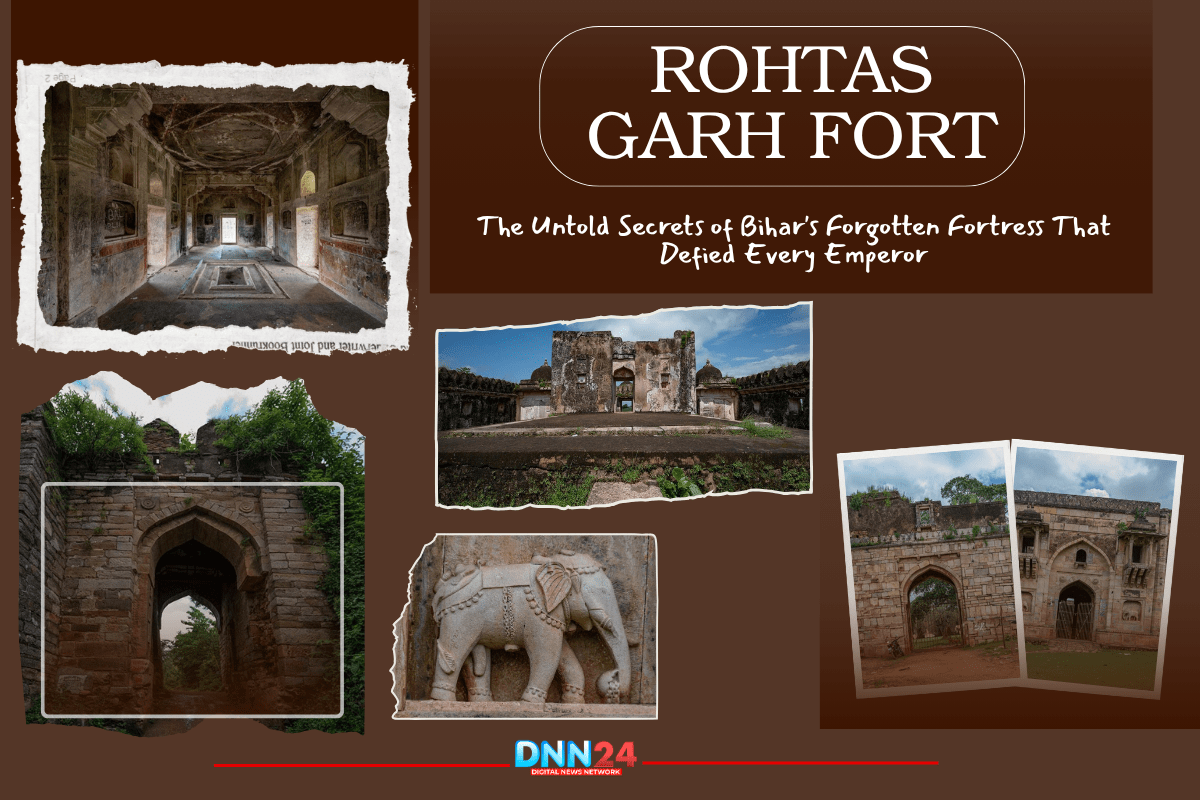What if I told you there exists a fort in Bihar that stretched across 26 miles, deceived kings through palanquins filled with disguised soldiers, and silently watched empires rise and fall for centuries? Beneath Bihar’s ancient skies, an imposing silhouette whispers of forgotten grandeur: Rohtas Garh Fort. This colossal fortress, a silent witness to countless epochs, holds untold secrets within its weathered stone.
Known as Bihar’s forgotten stronghold, it boasts a defiant past, having famously resisted the might of nearly every invading emperor throughout history. Its strategic position and formidable defences allowed it to stand firm against relentless sieges, etching its legend as a symbol of unwavering resilience and unconquered spirit. Untangling its mysteries begins here.
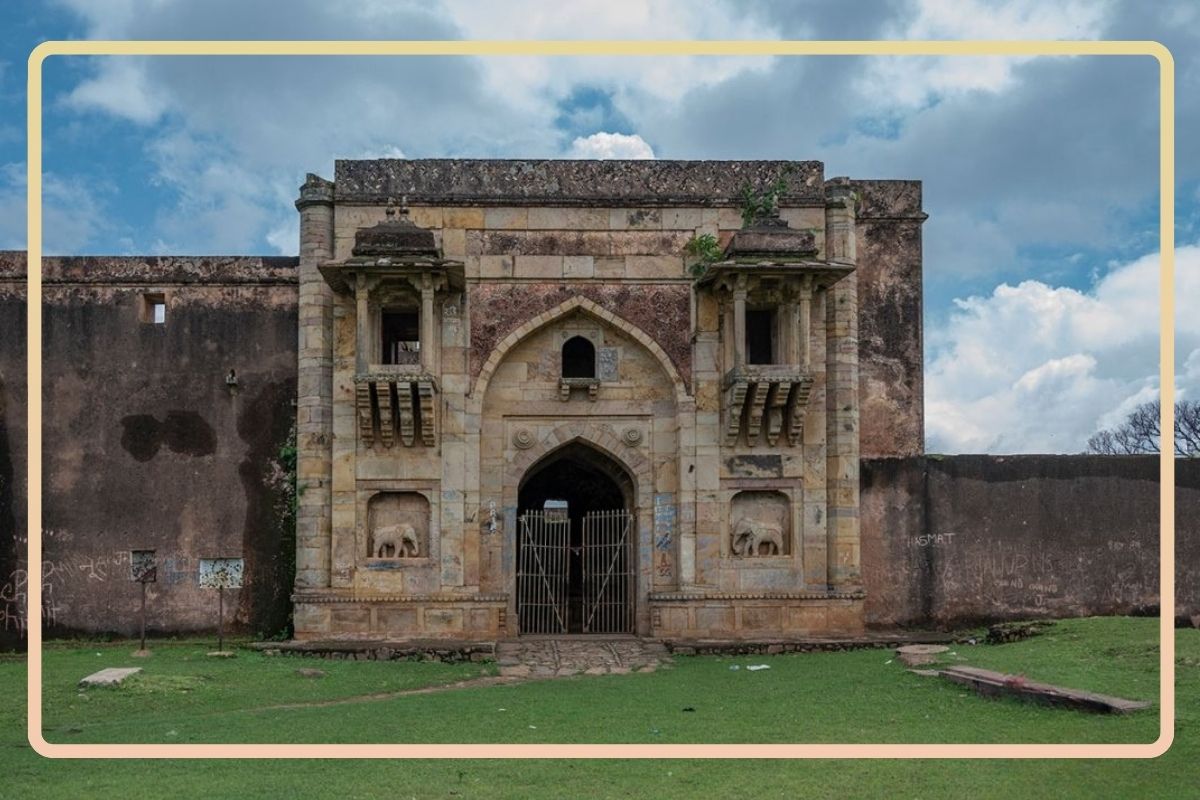
Where Mountains Cradle Ancient Whispers
Rohtas Garh Fort rises from the Kaimur Hills like a giant guarding secrets nobody dared to steal. Local stories claim that Rohitashva, the son of King Harishchandra, built this fortress many centuries ago. Picture a young prince climbing rough mountain paths, claiming this wild land as his kingdom. The fort covers an enormous stretch, winding through twenty-six miles of rocky terrain.
Four main gateways protect this fortress: Mendara, Kathoutia, Ghoda, and Raj Ghats. Each entrance once had guards watching day and night, making the fort nearly impossible to breach. When evening arrives and sunlight fades behind the cliffs, the ancient stones appear to hold conversations with the wind. Walking through the ruins today feels different from visiting other monuments.
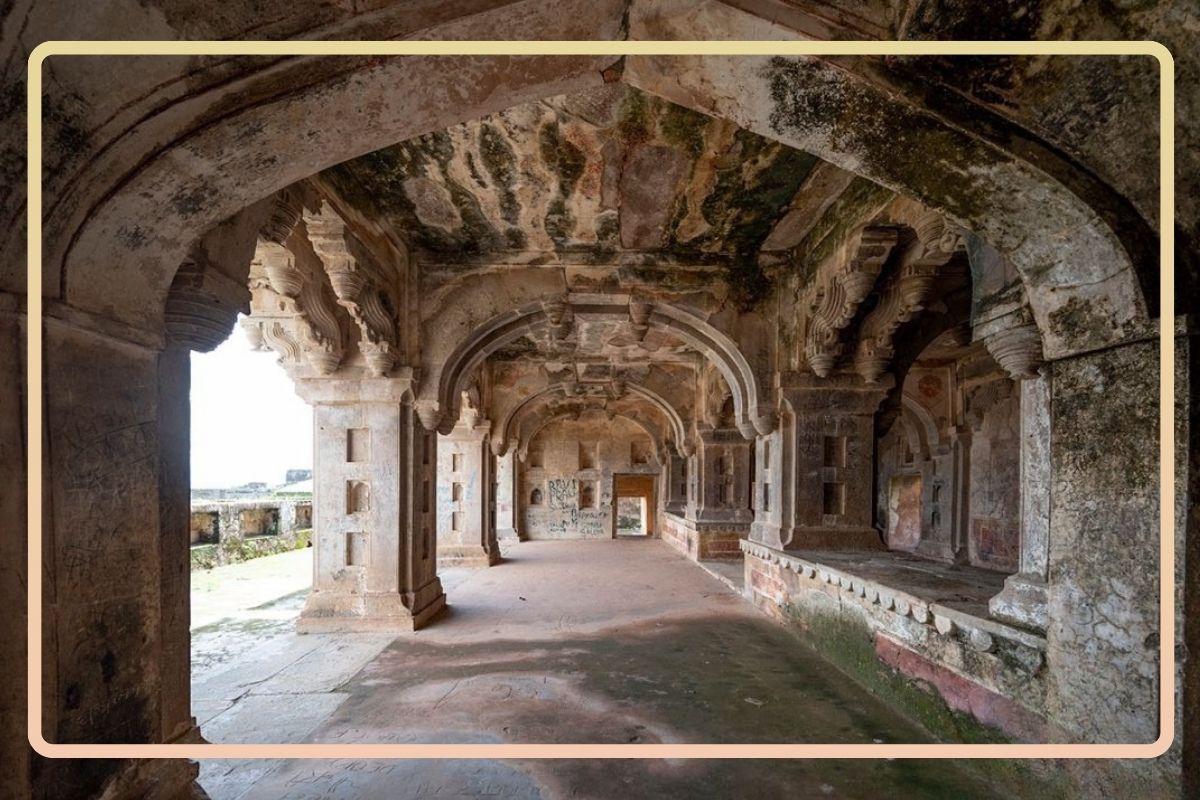
Something alive lingers here. You sense the ambition of builders who carved pathways through solid rock. You think of the determination of soldiers who stood watch for months. Inside these vast walls, old inscriptions tell stories about rulers like Shri Pratapa of the Khayaravala dynasty, who defended his territory with remarkable courage. Hindu kings who controlled the fort later built winding roads through difficult mountain passes, constructed defensive gates at strategic points, and raised temples on hilltops. They prayed for strength before battles. Rohtas Garh preserves India’s history in sandstone and memory, where dreams took shape, wars erupted, and legends found their beginning.
The Clever Trick That Changed Everything Forever
The sixteenth century brought dramatic changes when Sher Shah Suri, a powerful Afghan ruler, lost the nearby Chunar Fort to Mughal emperor Humayun. Sher Shah needed a new stronghold quickly. He approached Raja Hari Krishan Rai, the local king controlling Rohtas Garh, with an unusual request. Sher Shah claimed he needed temporary shelter for his women and valuable treasures while campaigning in Bengal.
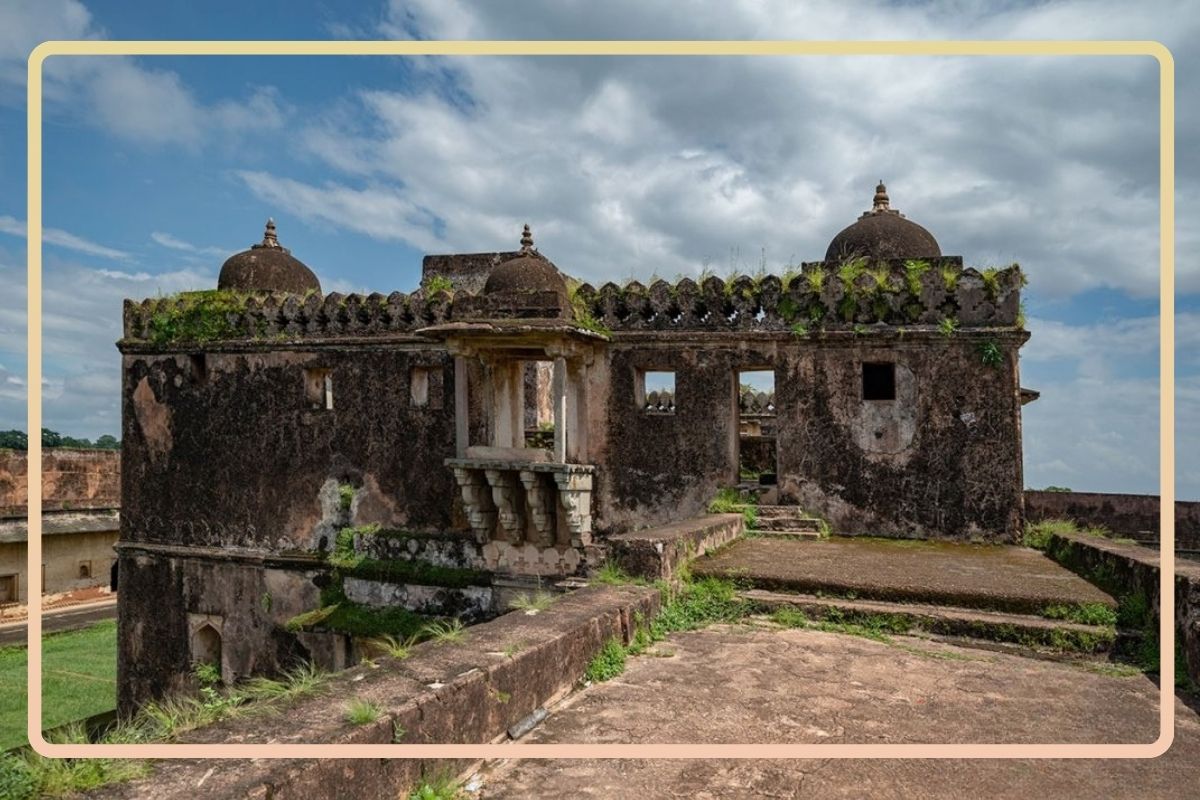
The king, trusting this request, agreed without suspicion. What arrived at the fort gates appeared to be palanquins carrying royal women. However, many of those covered carriages hid trained Afghan warriors instead. In a sudden move that shocked everyone, Sher Shah’s hidden soldiers emerged and captured the entire fortress. The king had no choice except to flee.
Under Sher Shah’s control, Rohtas Garh transformed into an extraordinary military base guarded by ten thousand armed soldiers. His trusted general, Haibat Khan, built the magnificent Jami Masjid in 1543. White sandstone domes reflected bright sunlight across the fortress. Within the thick protective walls, life buzzed with activity. Soldiers trained, royal advisors planned strategies, and master builders created new structures.
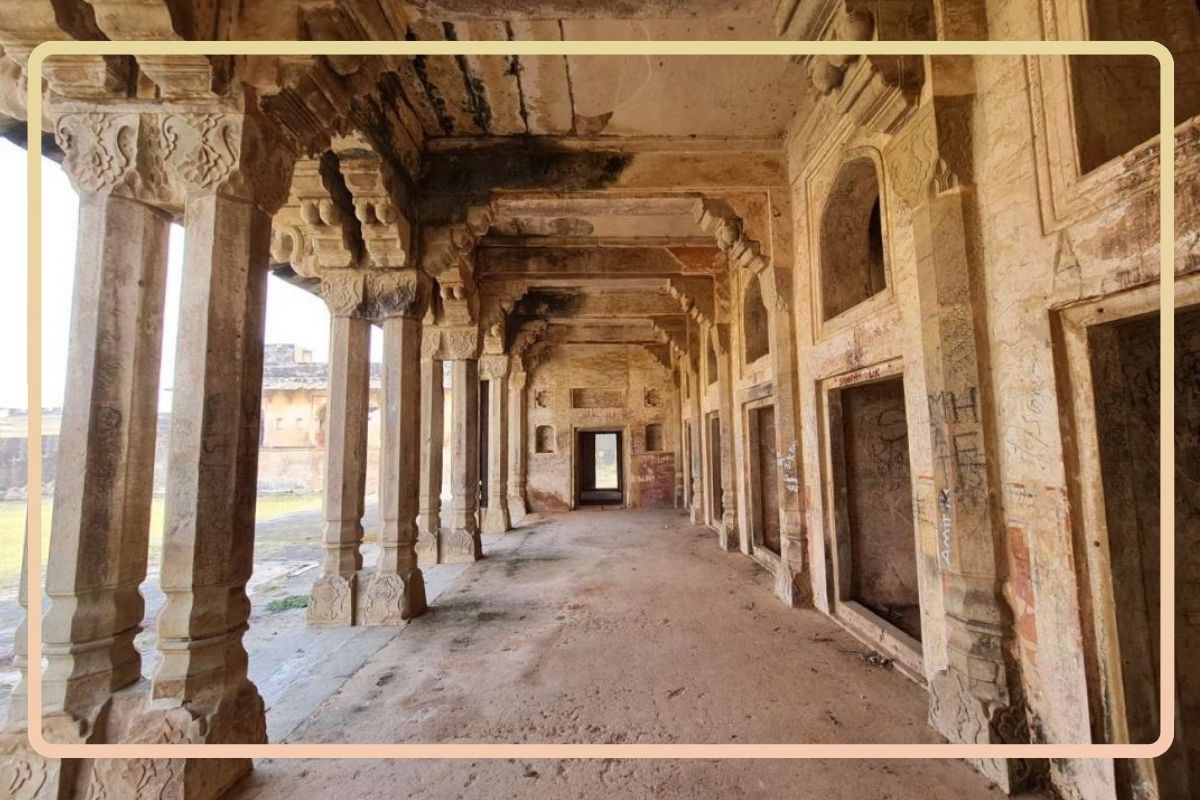
The fort gained even greater prominence when Mughal general Raja Man Singh made it his headquarters while governing Bengal and Bihar. Man Singh introduced elegant Persian gardens, constructed grand palaces, and built proper barracks for soldiers. Beautiful ponds reflected the sky, palaces stretched along the north-south direction, and the fort became famous throughout the region.
When Stone Speaks Louder Than History Books
Rohtas Garh Fort contains remarkable structures, including Singh Darwaza, Lal Darwaza, royal Mahals, and beautiful mosques. Entering through the gates feels like stepping into another time. You notice how Muslim architects incorporated Hindu design elements, creating something unique. Each brick shows extraordinary craftsmanship.

Sanskrit and Persian inscriptions welcome visitors at various gates. The Nach Ghar, where dancers once performed, stands near the Queen’s Palace and the five-storied Panch Mahal. Interestingly, a Ganesh Temple exists alongside the Sher Shahi Mosque, showing how different faiths coexisted peacefully. The grand palaces and gardens that Raja Man Singh created display a beautiful combination of Indo-Afghan architectural styles.
Soldiers marched through courtyards, poets composed verses, and kings made important decisions under decorated domes. Near the fort’s reservoir, water still collects after rainfall, reflecting clouds and carrying stories from centuries past. This fort refuses to fade into obscurity like many forgotten monuments.
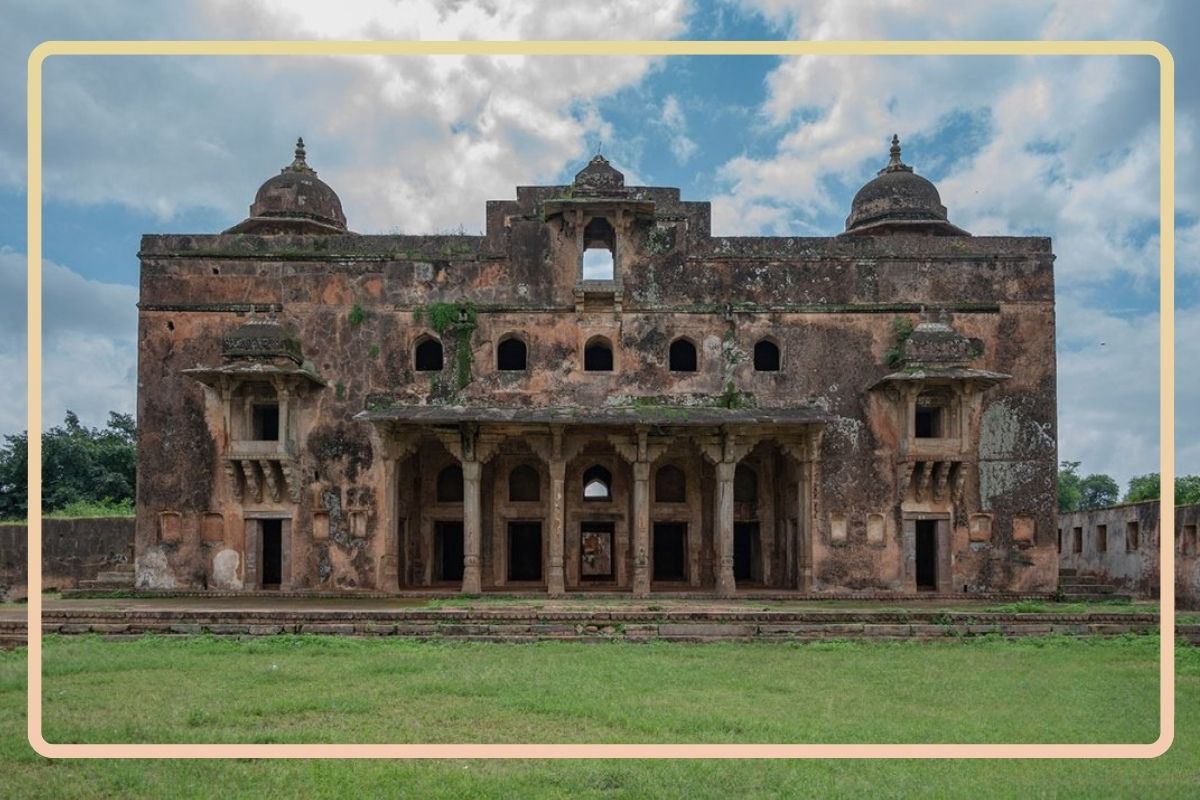
Unlike well-maintained tourist sites with tickets and guides, Rohtas Garh remains somewhat wild and unpredictable. It attracts historians certainly, but also dreamers, adventure seekers, and people who love authentic experiences. Its stones stand as proof of an unbroken past. Some locals insist the fort was never truly conquered, only temporarily occupied. The difference matters to them.
Why This Ancient Fort Still Matters Today
Rohtas Garh Fort reaches beyond its crumbling walls to inspire people in unexpected ways. Standing against the horizon, looking both silent and powerful, it attracts a new generation. Heritage enthusiasts visit, social media travellers photograph it, and trekkers challenge themselves on its difficult paths. Many sections have deteriorated badly, yet the fort remains accessible to determined visitors.
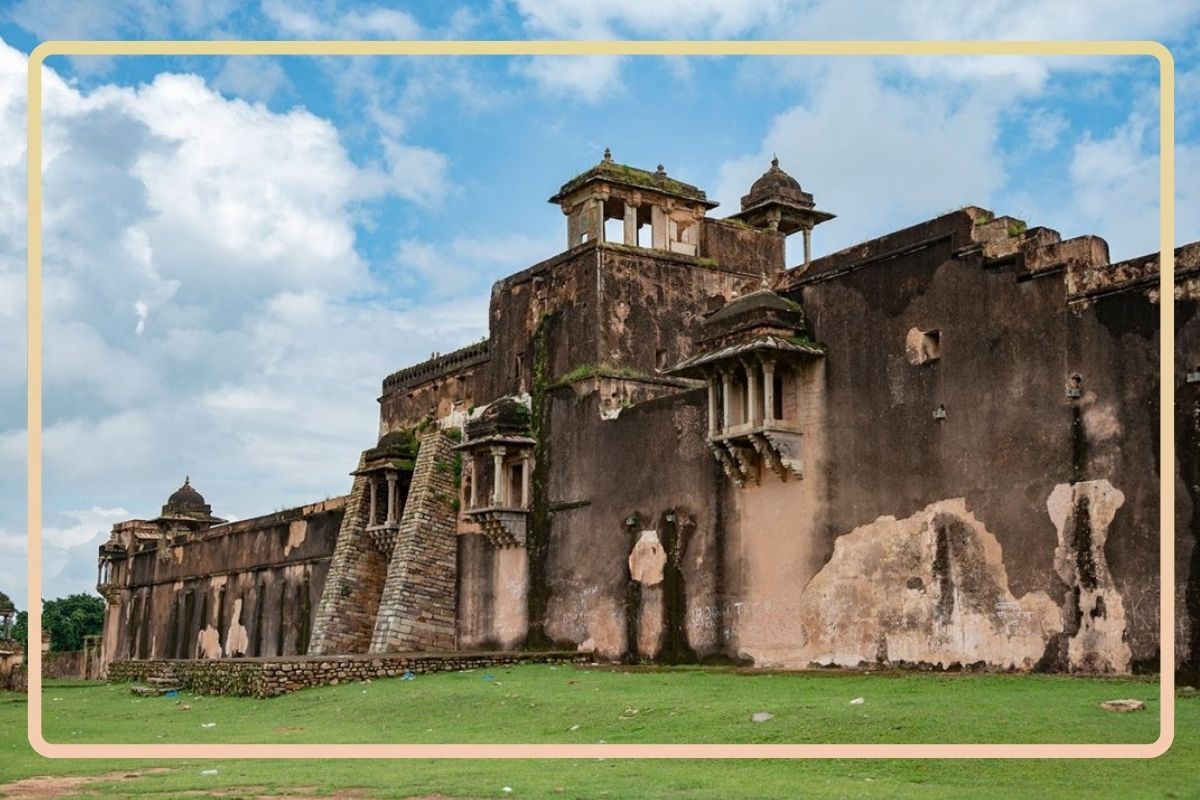
It has quietly transformed from a historical curiosity into a source of local pride and cultural significance. The fort’s story demonstrates how diversity strengthened India throughout history. Hindu kings established their foundation, Afghan rulers reinforced their defences, and Mughal generals added royal elegance. In modern India, which continuously works toward unity while celebrating diversity, Rohtas Garh becomes an important symbol.
It represents blended traditions, lasting strength, and peaceful coexistence between communities. The fort teaches valuable lessons about heritage preservation. Protecting old buildings matters, but understanding their stories matters even more. Finding connections between historical events and present circumstances creates a deeper appreciation. Writers, travellers, and artists currently discover inspiration in Rohtas Garh’s enduring presence.
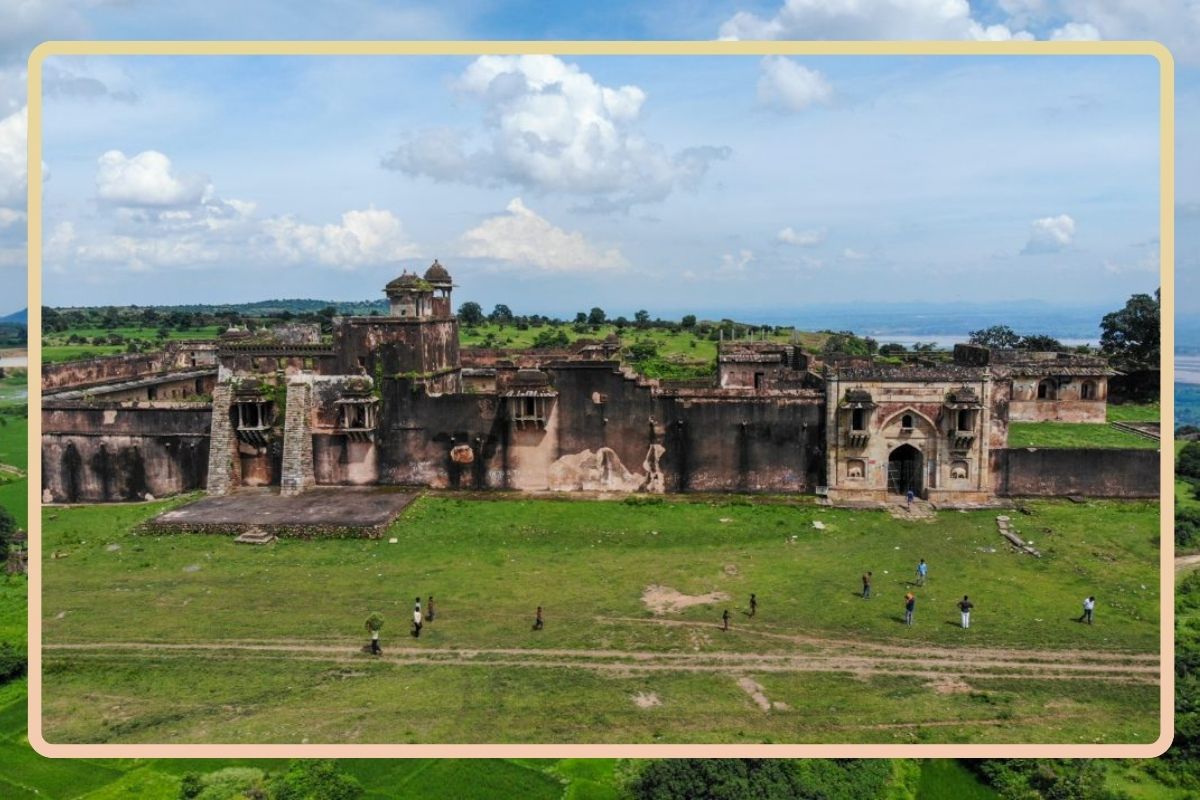
The fort looks beautiful in photographs, its gates remain open to curious visitors, and its haunting atmosphere sparks creativity. Poems get written, photographs get shared, and cultural programs occasionally happen within its walls. Suppose you want to experience a living legend, to understand what bound rulers and rebels together, and to see how ruins can radiate meaning even now. In that case, Rohtas Garh Fort welcomes you with open, if somewhat weathered, arms.
Also Read: Tomb of Sher Shah Suri: An Emperor’s Dream Palace Floating On Water
You can connect with DNN24 on Facebook, Twitter, and Instagram and subscribe to our YouTube channel.

